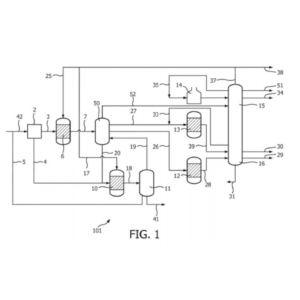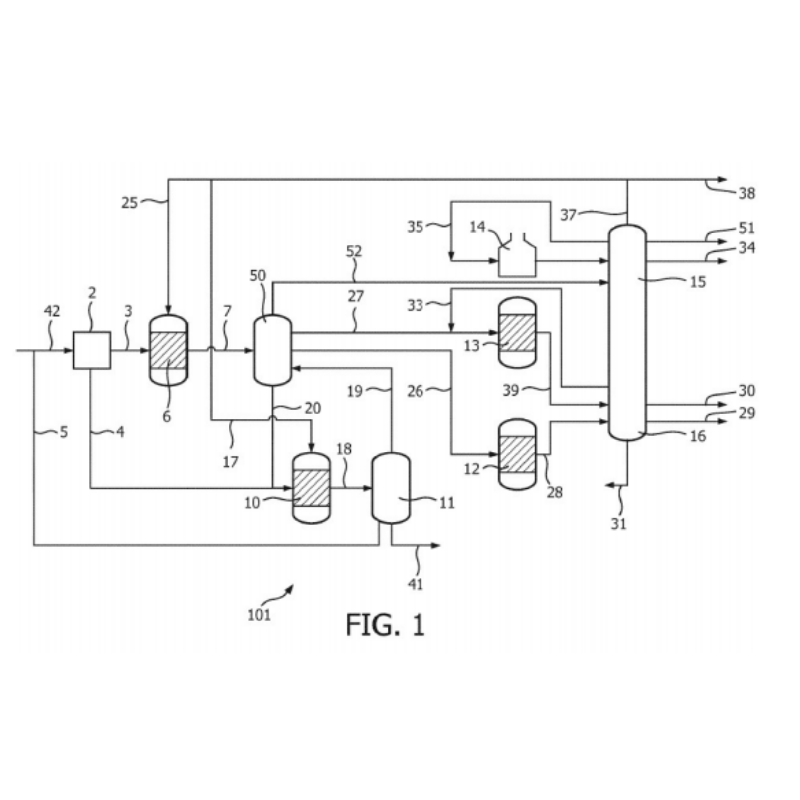SABIC is made up of four calculated business components, namely, Petrochemicals, Specialties, Agri-Nutrients, and Metals. Each of these is led by an Executive Vice President (EVP) and is meant to assist buyers in distinguishing various opportunities in significant-end markets like construction, medical equipment, packaging, agri-nutrients, electrical and electronics, conveyance, and clean energy.
In India, the business of Sabic Global Technologies B.V. focuses on the departure of off-gases from C3 hydrocarbons in the propane dehydrogenation progression, polycarbonate arrangements with heightened optical elements, articles designed therefrom, and means of manufacture, and the process and installation for the conversion of crude oil to petrochemicals having an improved propylene yield.
SABIC and Saudi Basic Industries Corporation, filed a patent application numbered 201617027401 that is titled as PROCESS FOR CONVERTING HYDROCARBONS INTO OLEFINS. The patent has been filed in the field of Chemicals. This Patent Application has been granted as Patent Number 347629.
This invention covers a process for converting a hydrocarbon feedstock into olefins and preferably also into BTX, said converting process comprising the following steps of feeding a hydrocarbon feedstock to a first hydrocracking unit; feeding the effluent from said first hydrocracking unit to a first separation section; separating said effluent in said first separation section; feeding a stream comprising propane to at least one dehydrogenation unit chosen from the group of combined propane/butanes dehydrogenation unit (PDH-BDH) and a propane dehydrogenation unit (PDH); feeding at least one of the effluents from said dehydrogenation unit(s) to a second separation section.

During the patent examination, the patent examiner raised objections under Section 3(d) of the Indian Patents Act that the subject matter of some claims was not acceptable u/s 3(d). The said claims relate to the mere use of a known process.
As a response, the Applicant submitted that the novelty of the invention as claimed was acknowledged in the Examination Report Application No. 201617027401 itself. Hence, the novel process could not be construed to be a known process or its mere use as alleged in the examination report.

